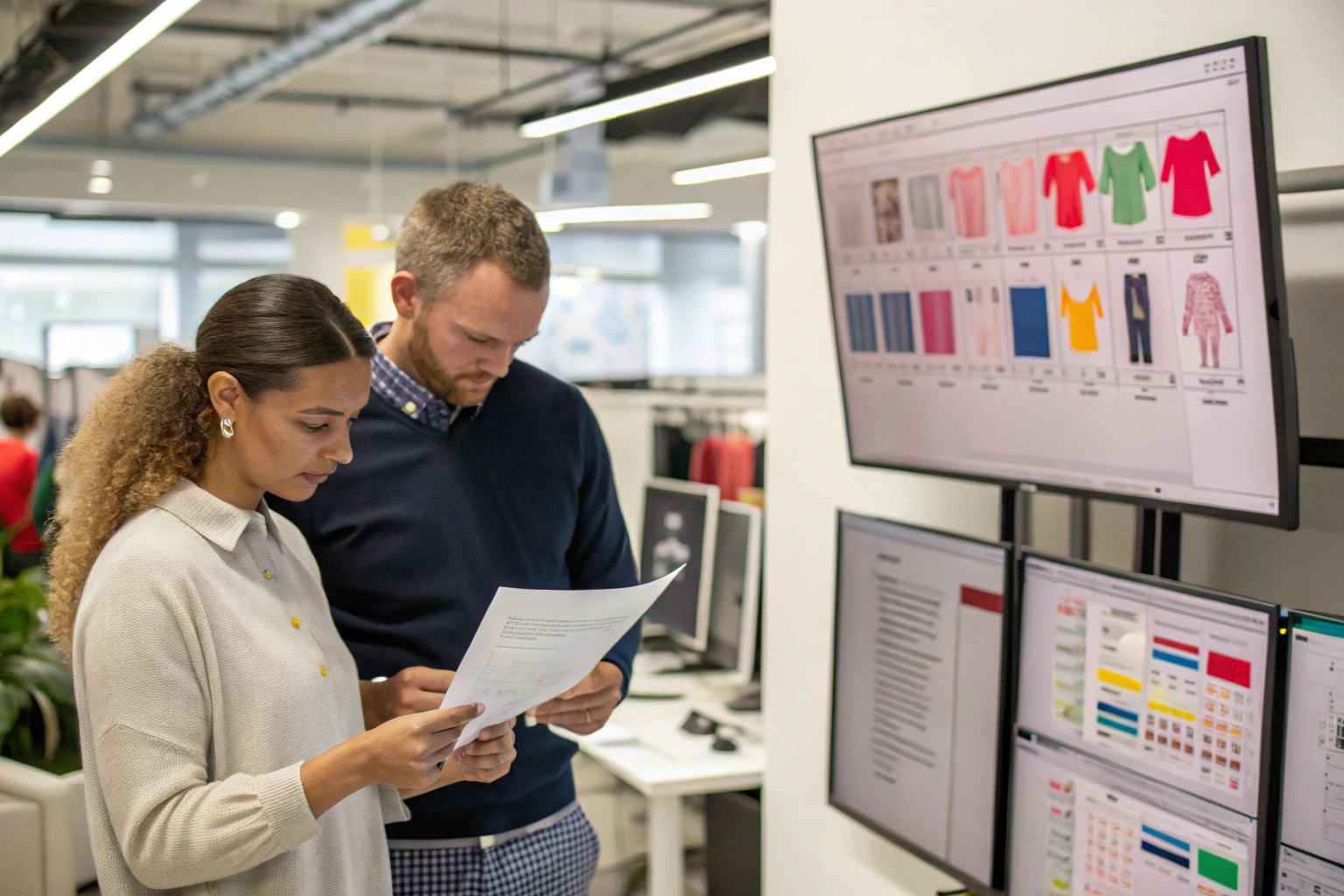Zara moves faster than nearly any other fashion brand—and sourcing professionals want to know how.
Zara works with a wide network of global manufacturers, mainly in Spain, Portugal, Morocco, Turkey, and Asia, combining speed, quality, and cost-efficiency.
Let’s break down how they manage it, and what sourcing professionals can learn from their strategy.
Who makes Zara clothes in Spain and Portugal?
Zara’s parent company Inditext maintains manufacturing power near its HQ.
Zara produces many high-turnover items in Spain and Portugal through vertically integrated factories, ensuring rapid design-to-shelf cycles.
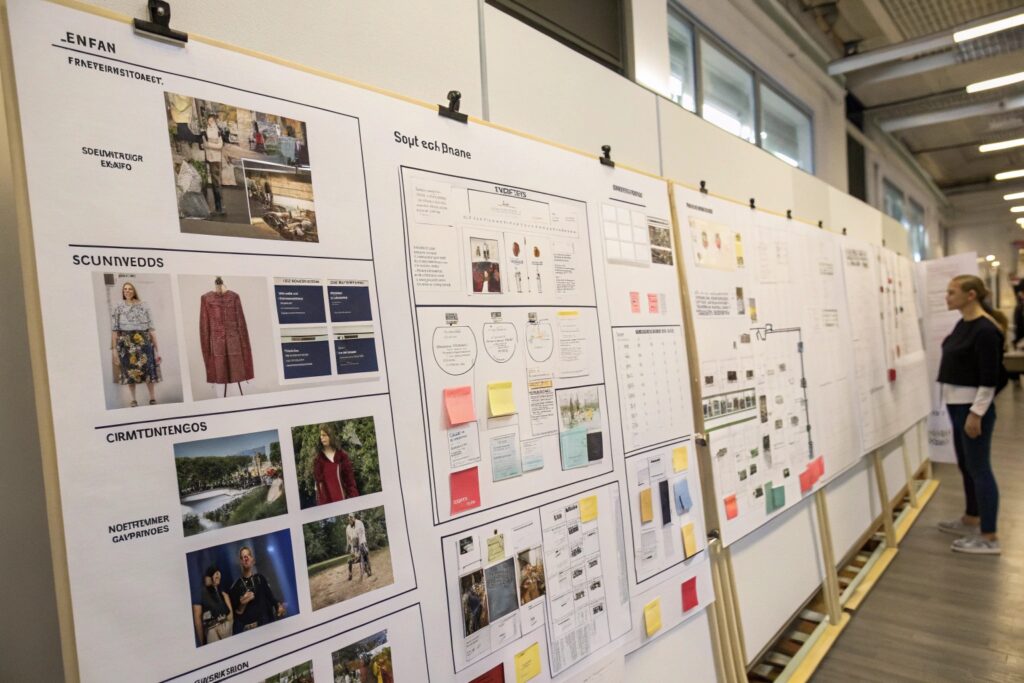
Why does Zara manufacture locally despite higher labor costs?
Because speed matters more. Local production allows Zara to:
- Cut lead times to 1–2 weeks
- Modify or restock styles mid-season
- Minimize overproduction
- Maintain tight quality control
Factories around La Coruña (Zara's HQ) handle over 50% of Zara’s rapid replenishment garments. These include blazers, blouses, and early trend pieces.
Here's a breakdown:
| Region | Main Products | Lead Time |
|---|---|---|
| Spain | Women's fashion, outerwear | 5–10 days |
| Portugal | Denim, knitwear, structured tops | 10–14 days |
What sourcing teams can learn
- Not all fast fashion is outsourced far away
- Regional hubs allow mid-season response
- Vertically integrated suppliers give control, not just speed
For brands managing dropshipping or tight fashion calendars, this model offers an alternative to long-lead Asia-only pipelines.
Does Zara manufacture in Asia or Bangladesh?
With scale in mind, Zara still uses Asia for core items.
Yes, Zara sources basics and high-volume garments from Asian suppliers in countries like Bangladesh, China, India, and Vietnam, balancing cost with quality.
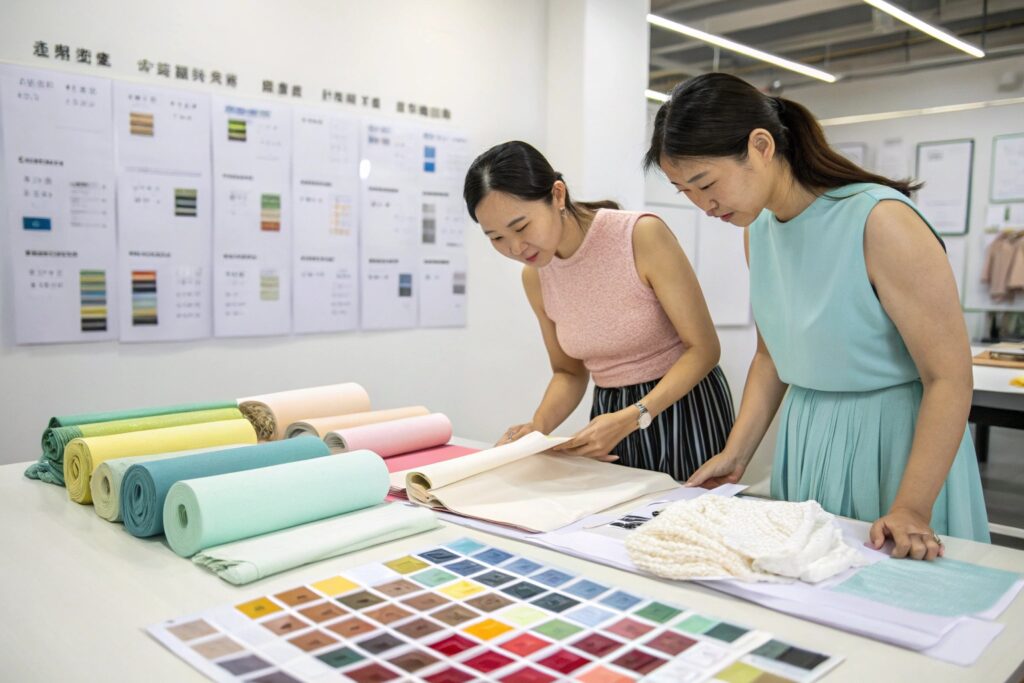
What does Zara produce in Asia?
While Europe handles fashion-sensitive items, Asia makes:
- T-shirts, sweatshirts
- Denim, joggers
- Knitwear, accessories
- Undergarments
These are produced in larger quantities with longer lead times—often 2–4 months. Zara diversifies risk by splitting orders among several certified suppliers.
Here’s how sourcing is split:
| Country | Core Products | Lead Time |
|---|---|---|
| Bangladesh | Knitwear, basics, denim | 45–60 days |
| China | Accessories, packaging | 30–45 days |
| India | Embroideries, handwork | 45–70 days |
| Vietnam | Outerwear, uniforms | 40–60 days |
How Zara maintains control over overseas suppliers
Zara doesn’t just outsource and hope. They:
- Use real-time inventory and demand data to forecast
- Run strict quality control and social compliance audits
- Place smaller, repeatable orders for mid-season replenishment
For global buyers, this hybrid sourcing model—Europe for speed, Asia for scale—is worth emulating.
Why does Zara use vertical integration in manufacturing?
They don’t just design—they oversee every stage.
Zara uses vertical integration to control design, production, and distribution, reducing costs and lead time while maintaining flexibility.
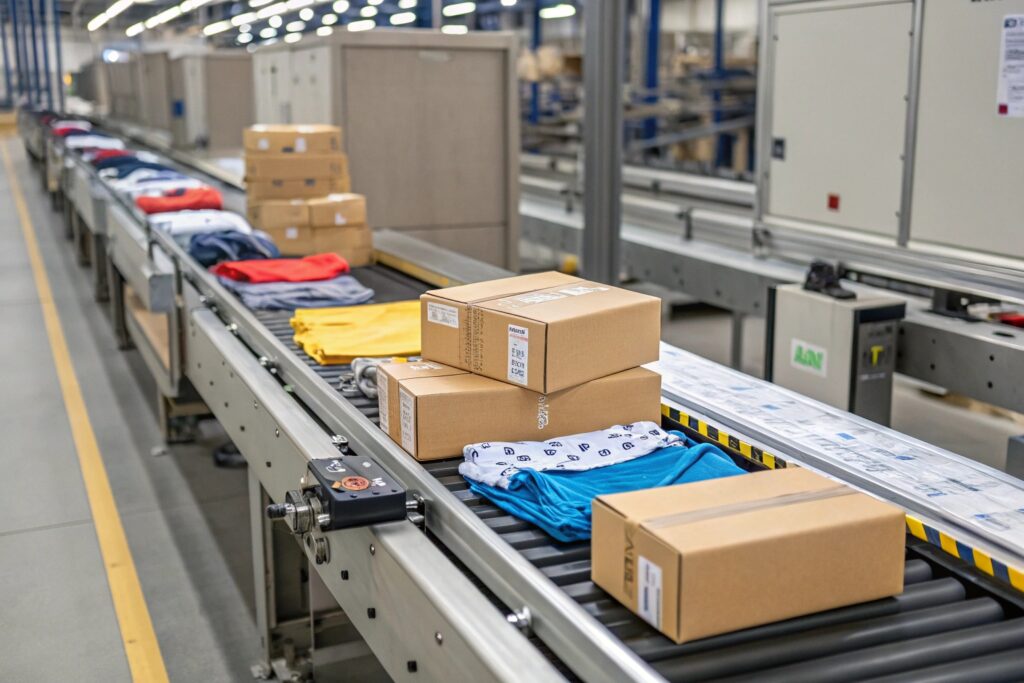
What is vertical integration in Zara’s case?
It means Zara owns or tightly controls key parts of the supply chain:
- In-house design teams react to trends fast
- Local factories start cutting patterns within hours
- Central logistics hubs distribute globally twice a week
- Store managers send daily feedback to HQ
This allows Zara to produce 12,000+ new designs per year—and get them into stores within 10–15 days.
Here's a simplified view:
| Stage | Controlled by Zara? | Impact |
|---|---|---|
| Trend Scouting | ✅ Yes | Reacts to fast-moving styles |
| Pattern Creation | ✅ Yes | Same-week sampling possible |
| Cutting/Sewing | ✅ Mostly | Priority production schedules |
| Logistics | ✅ Fully | Global delivery in 48–72 hours |
What sourcing pros can learn
- Integrated systems = speed and accuracy
- Own your bottlenecks—sampling, approvals, freight
- Fast feedback loops create data-driven inventory planning
Zara’s model isn't for every brand—but understanding it can improve even lean or niche sourcing operations.
How does Zara manage supplier compliance and ethics?
Speed is vital—but ethics matter more than ever.
Zara enforces strict supplier compliance through its “Inditex Code of Conduct,” ensuring fair wages, factory audits, and environmental responsibility.
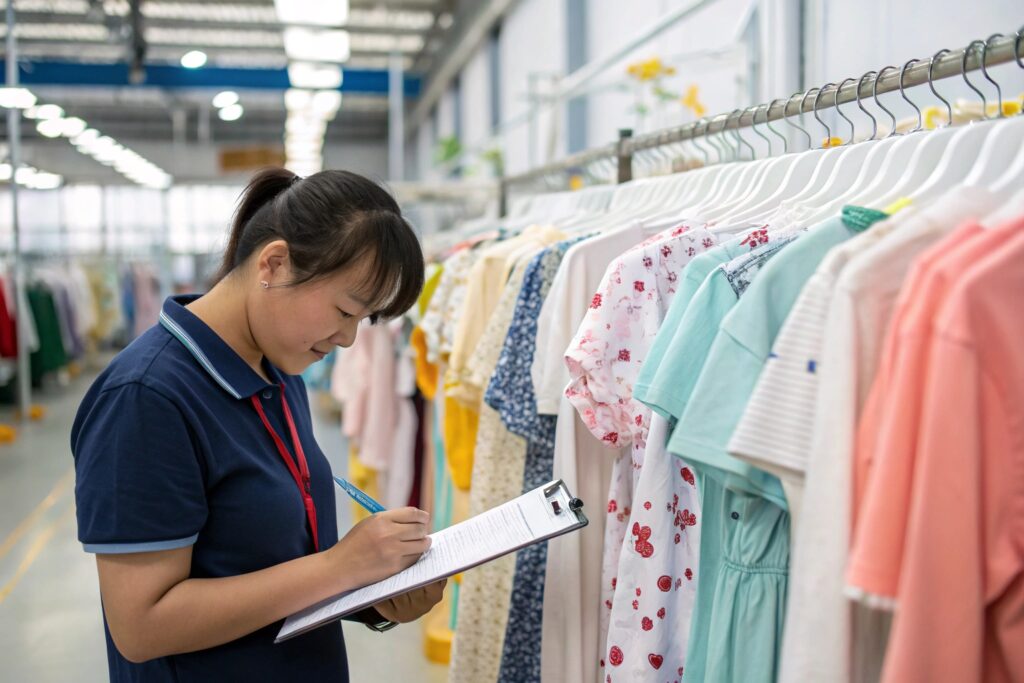
What are Zara's compliance priorities?
Inditex (Zara’s parent group) operates with 1,400+ suppliers but insists on:
- No child or forced labor
- Fair wages and working hours
- Chemical management (ZDHC)
- Wastewater control and recycling
- Factory traceability
They audit all suppliers using:
- Social audits (BSCI, Sedex, etc.)
- Environmental scoring (supply chain footprint)
- Third-party factory inspections
- Product-level testing (REACH, OEKO-TEX, etc.)
| Area | Standard Followed |
|---|---|
| Labor & Ethics | Inditex Code, BSCI, SEDEX |
| Environmental Compliance | ZDHC, Wastewater standards |
| Product Safety | REACH, OEKO-TEX, CPSIA |
| Traceability | Full Tier 1–2 mapping |
What this means for sourcing professionals
Working with Zara’s model means:
- Suppliers must be audit-ready at all times
- Documentation and traceability systems are non-negotiable
- Compliance isn't just for ethics—it prevents costly recalls or bans
As more buyers expect green sourcing, this level of visibility sets a benchmark.
Conclusion
Zara’s manufacturing isn’t tied to one country—it’s a strategic web blending speed, scale, ethics, and trend response. For sourcing pros and brand buyers, it offers a blueprint for building smarter, faster supply chains.

